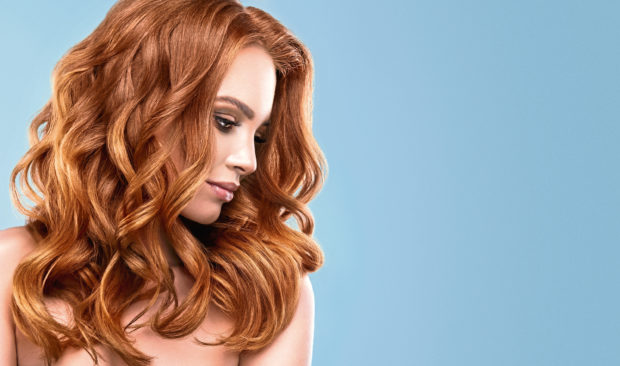
Skinification is the latest trend – but what does it mean?
Robin Parker, technical director for beauty experts Acheson & Acheson, shares his advice on using skincare technology to boost your hair.
Trend truths
“The first thing to get straight is that ‘skinification’ is a marketing word and not technical,” explains Robin.
“Scalps are skin, after all, and they have always been influenced by haircare products, so it’s surprising this is seen as a new trend.
“It makes perfect sense to use skincare technology alongside haircare technology.
“Dermatologist-led brands continue to flourish. People trust them. Likewise, in haircare, trichologist-led ranges have increased people’s awareness of the importance of looking after your scalp to help your hair look its best.”
Natural touch
Robin says traditional skin care ingredients that have been shown to work are being used more and more in hair and scalp care.
Natural oils long used in hair treatments are also making a comeback.
“Your hair starts its relatively long life in the scalp and remains attached to it, so why wouldn’t you look after it?” says Robin.
“Many people also suffer with mild scalp conditions which can lead to itchiness and annoying flakiness. These problems can be helped by using well-designed products.
“The trend towards products that care for skin but at the same time respect the natural microorganisms that live on our skin is an interesting development for haircare.
“Scalp health can be linked to maintaining a healthy population of natural organisms living on the scalp.”
Treat yourself
Robin suggests using a shampoo free of SLES (sodium lauryl sulphate), a quality conditioner, and treating yourself to a special treatment mask once a week.
“Stick with the regime for a while to see the optimum results,” he says. “And don’t underestimate the fragrance. It’s important you love the experience! If it isn’t working after a few weeks, move on.
“If hair is damaged from repeated bleaching and heating, this can’t be reversed with cosmetics. The visible effects can be improved by using conditioning hair masks, which are designed to nourish the hair shaft, helping to restore lost moisture and smoothing the damaged surface layer.
“Some products are available that claim to rebuild the broken natural chemical bonds within the hair. These can have a limited success but don’t expect miracles!”
Visit growgorgeous.co.uk

Enjoy the convenience of having The Sunday Post delivered as a digital ePaper straight to your smartphone, tablet or computer.
Subscribe for only £5.49 a month and enjoy all the benefits of the printed paper as a digital replica.
Subscribe